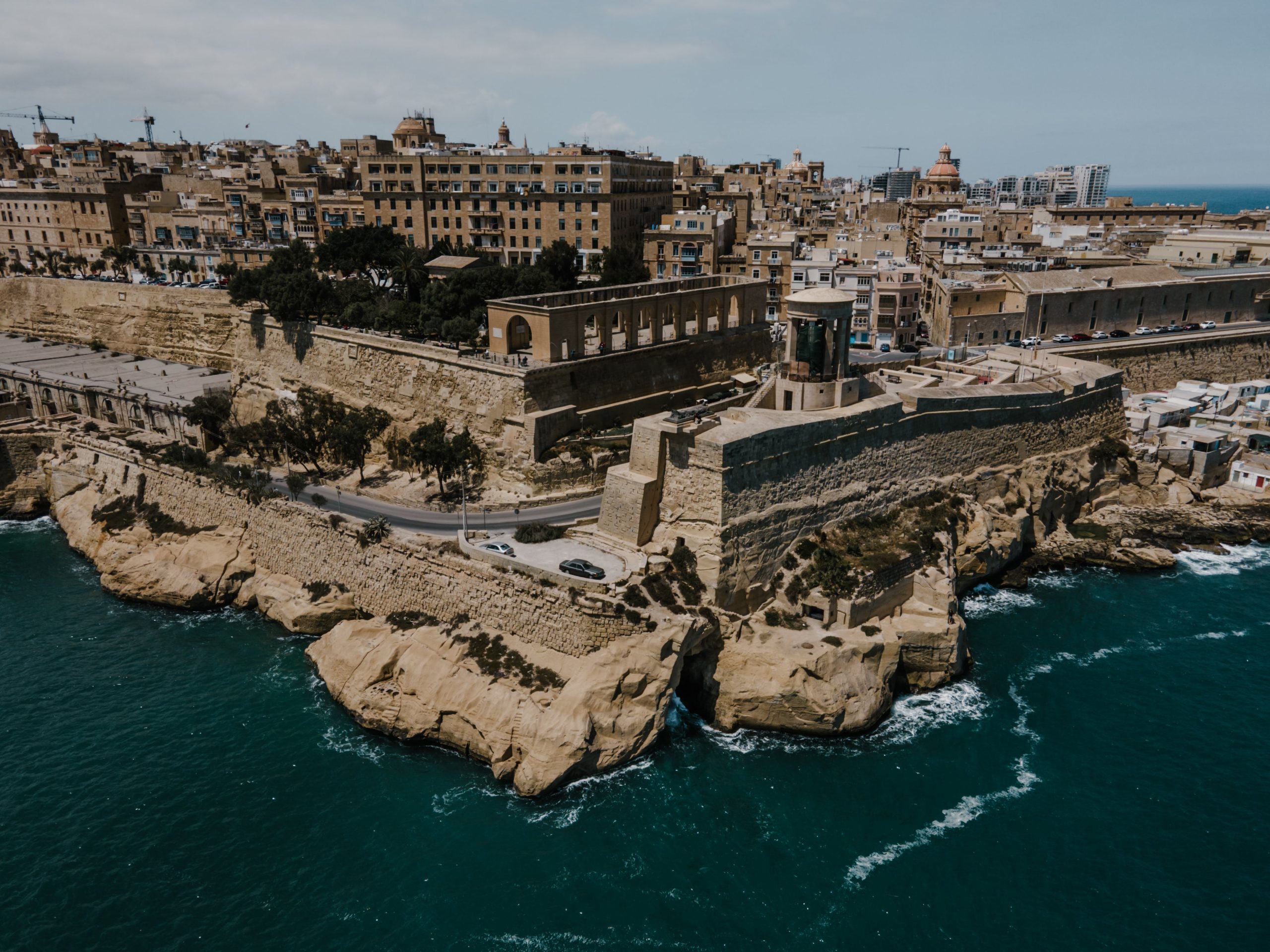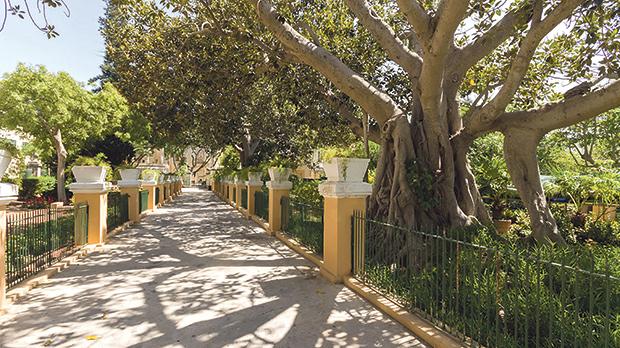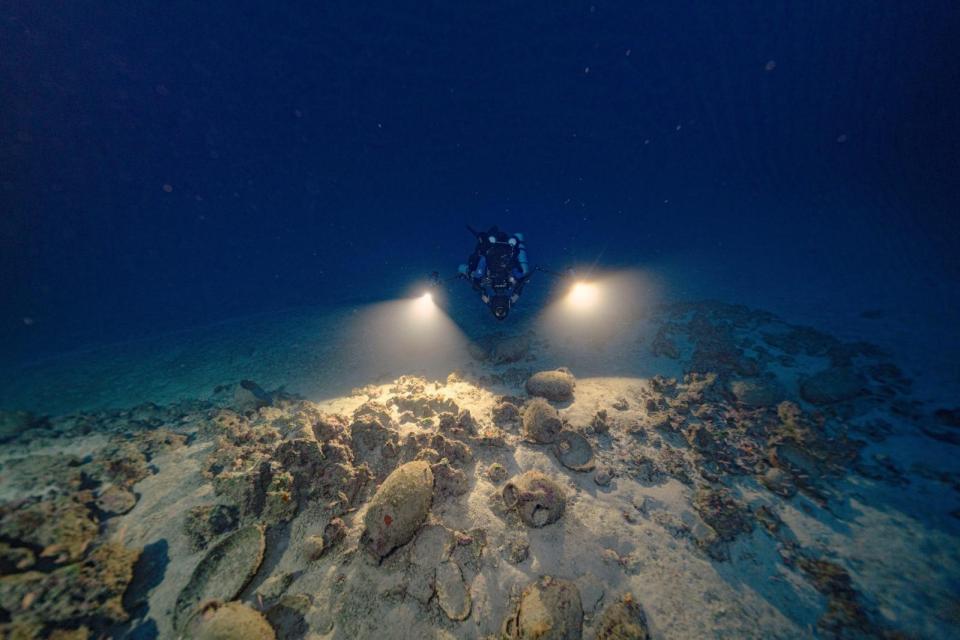Valletta included amongst National Geographic’s top 30 exciting destinations to visit
When describing Valletta, journalists Rory Goulding and Connor McGovern suggest to their readers to visit Valletta because it is a “UNESCO World Heritage Site” and has a “skyline of battlements and cathedral domes” which were shaped by “multinational order of knights who ruled Malta from the 16th to 18th centuries”.
“Scenic terraces are set above a glittering waterfront, where wooden townhouse balconies overhang the narrow streets — add in year-round warm weather and it’s not just filmmakers who should be inspired to visit in 2024”, they continued.
They go on to describe how it is of “little surprise that filmmakers would be impressed by Valletta” as they mention how Gladiator was filmed right here in Malta and its sequel is now filming here yet again.
“And, just as with the original, director Sir Ridley Scott has used the Mediterranean light and golden rock of Malta as his canvas for recreating ancient Rome and its arenas”.
Some of the other destinations mentioned in the article include the Atacama Desert in Chile, Nova Scotia in Canada, Sierra Leone and Sikkim in India amongst many others.








